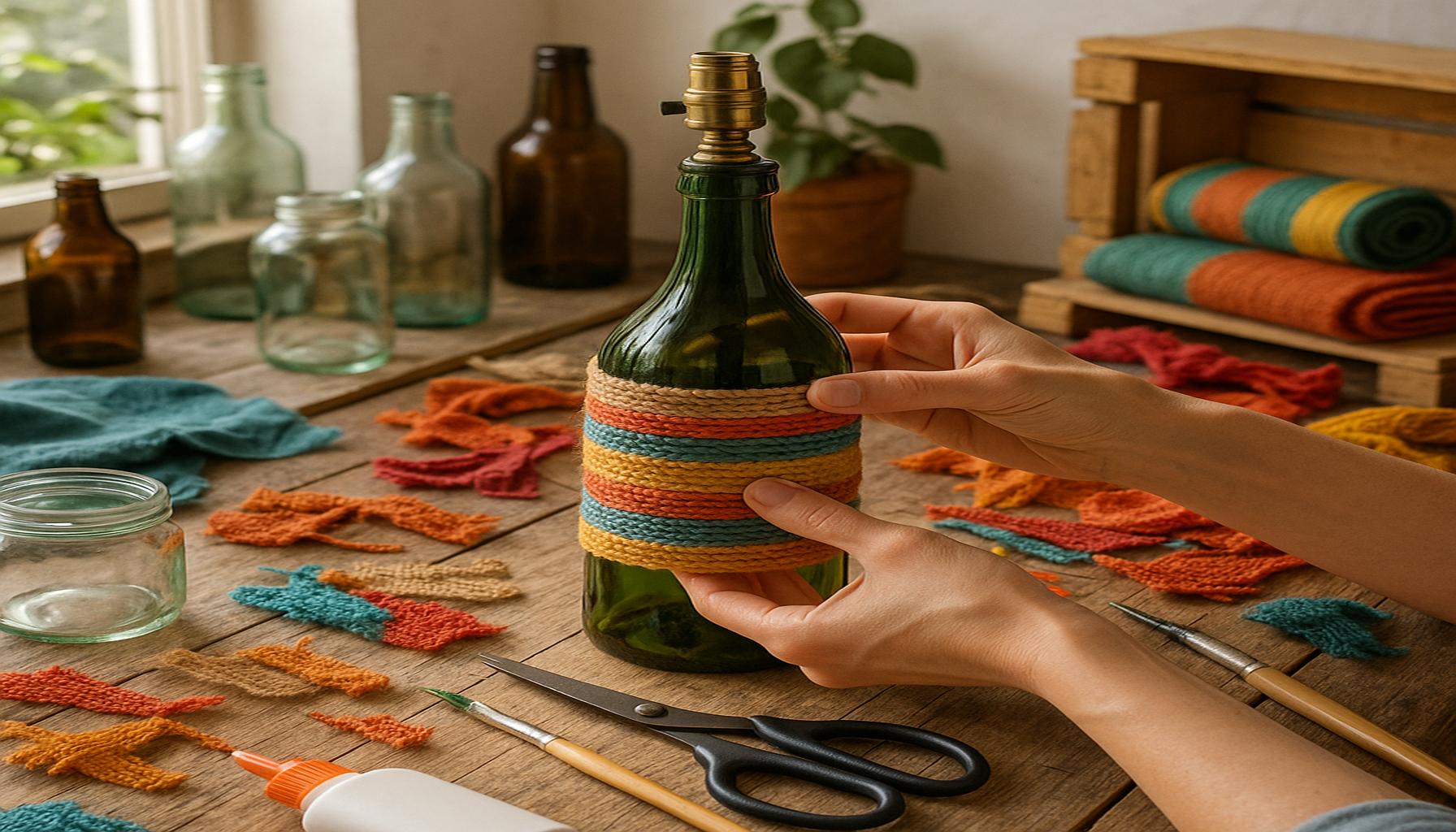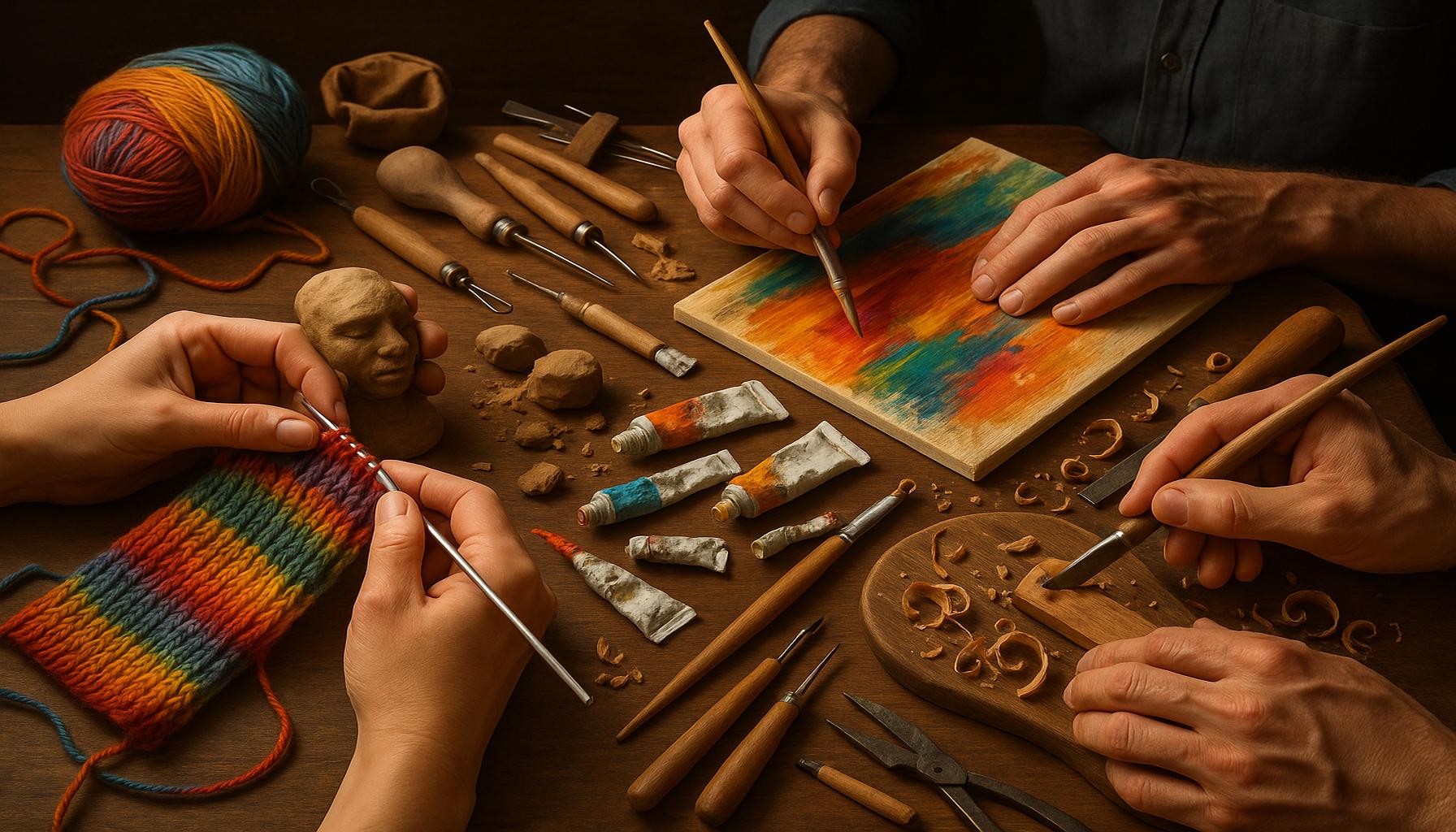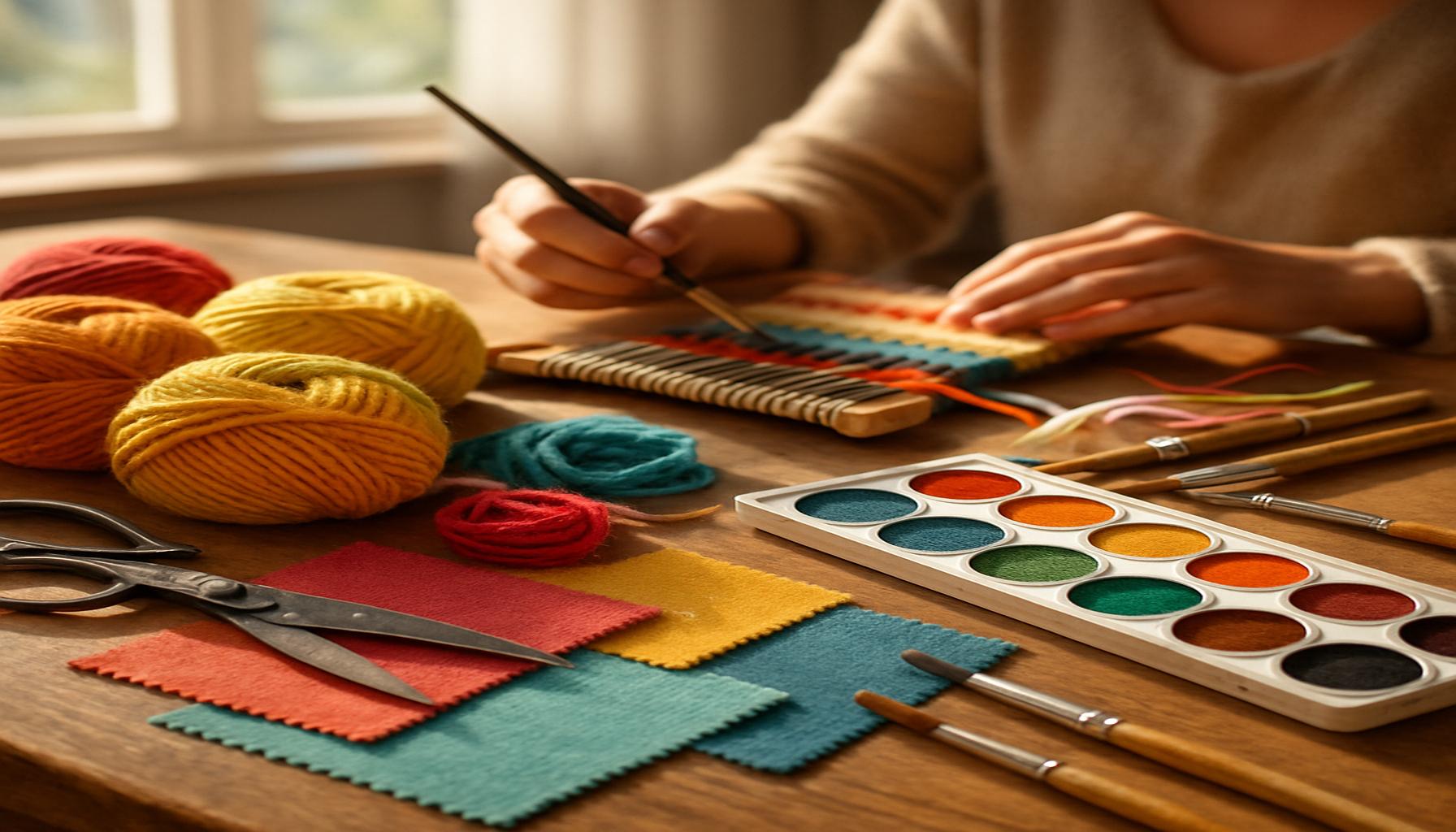The Role of Crafting in Stress Reduction and Mental Health Improvement
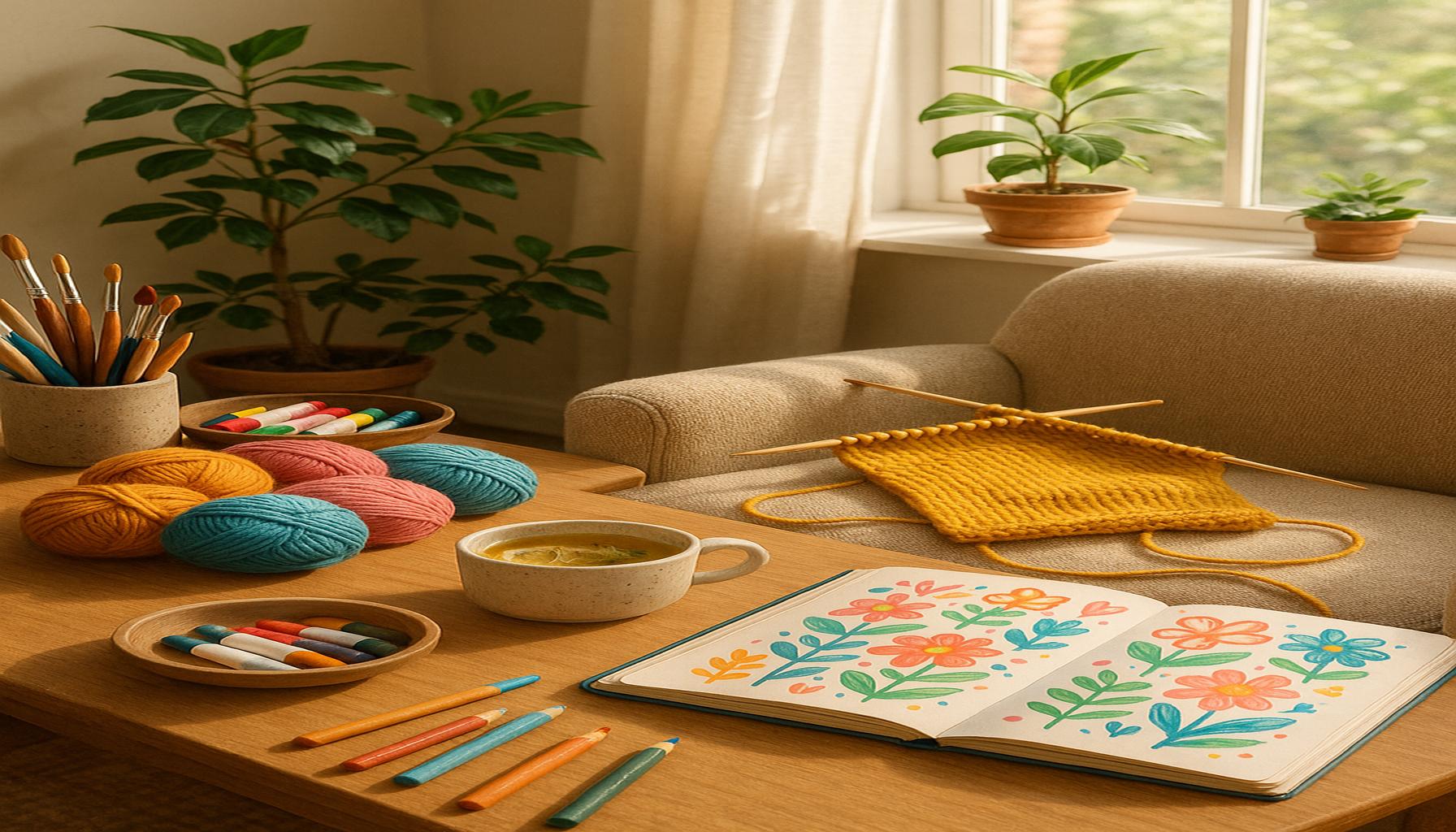
The Therapeutic Power of Crafting
In today’s fast-paced world, finding ways to manage stress and improve mental health is essential. One surprisingly effective method is crafting, which encompasses a variety of creative activities, from knitting and painting to woodworking and scrapbooking. The resurgence of interest in crafting can be seen in community workshops, online tutorials, and numerous crafting blogs that inspire creativity, making it clear that these activities can serve as lifelines in difficult times.
Crafting offers a unique blend of benefits, including:
- Mindfulness: Engaging in hands-on activities helps people focus on the present moment. By concentrating on a craft project, individuals can temporarily set aside their worries and immerse themselves in the tactile and visual elements of their work.
- Creativity: Expressing oneself through art can boost self-esteem and personal satisfaction. The act of creating something from scratch fosters a sense of accomplishment, allowing individuals to explore their unique perspectives. For instance, a simple painting class can become a platform for self-expression and emotional release.
- Sensory Stimulation: The tactile experience of crafting can be soothing and grounding. The textures of yarn, the smell of freshly cut wood, or the vibrant colors of paint can evoke memories and emotions, enhancing the overall therapeutic experience.
Studies have shown that engaging in creative activities can result in significant reductions in anxiety and depression. For example, research published in the Journal of Positive Psychology found that participants who engaged in crafting reported heightened feelings of happiness and lower levels of stress. By allowing individuals to immerse themselves in their projects, crafting creates a space where stress dissipates and mental clarity can flourish. Many mental health professionals have started recommending activities like knitting or watercolor painting as part of their treatment plans, recognizing the profound benefits these hobbies can yield for emotional well-being.
Moreover, crafting fosters a sense of community. Group activities, like quilting bees or pottery classes, can lead to meaningful social connections. This social aspect is vital, as it combats isolation and enhances overall well-being. For instance, crafting groups in local community centers or churches often bring together individuals who, despite different backgrounds, find common ground in their shared love for creativity. These gatherings not only result in beautiful works of art but also serve as support networks where participants can discuss life challenges and triumphs.
As we delve deeper into the role of crafting in mental health, you’ll discover how these activities are more than just hobbies. They are powerful tools for resilience, creativity, and emotional healing. Whether it’s the act of planting a garden, making handmade jewelry, or indulging in the popular trend of adult coloring books, crafting can play an integral part in one’s journey to better mental health. The next time stressors pile up, consider reaching for a crochet hook or a paintbrush as your first line of defense that not only nurtures your creativity but also champions your emotional health.
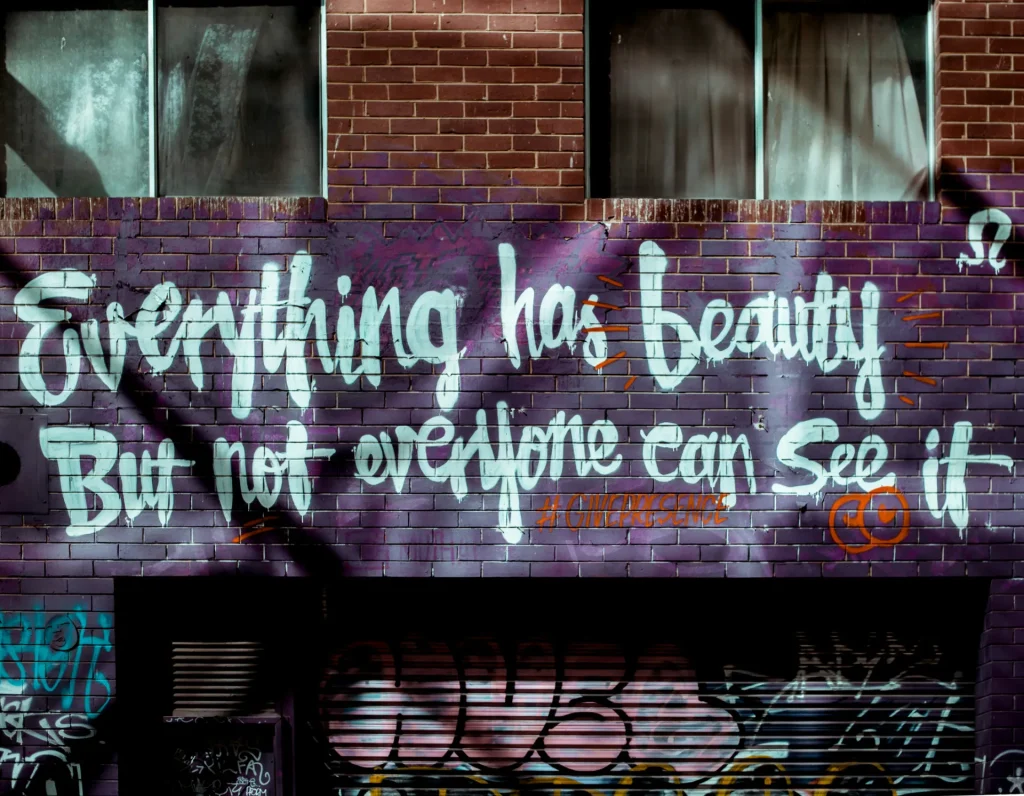
DISCOVER MORE: Click here to grow your gardening skills
Understanding the Connection Between Crafting and Mental Health
The direct connection between crafting and improved mental health can be traced back to the psychological principles of flow and engagement. Flow, a term coined by psychologist Mihaly Csikszentmihalyi, describes a state where individuals become fully absorbed in an activity, losing track of time and self-consciousness. This state can be easily achieved through crafting as creators become entwined in their projects, resulting in a meditative-like state that significantly reduces anxiety. What may start as a simple activity can evolve into a form of therapy, where the focus on creating becomes a powerful antidote to the chaos of daily life.
A growing body of research supports the notion that crafting not only diverts attention from stressors but also encourages positive thought patterns. Art therapy, for instance, has been successfully integrated into numerous mental health treatment programs across the United States. It allows individuals to express their feelings visually, often leading to breakthroughs in understanding and coping with emotional challenges. A study published in the journal Art Therapy found that 45 minutes of creative engagement led to significantly lower levels of the stress hormone cortisol in participants. This reinforces the idea that engaging in hands-on activities has profound biochemical effects on the body.
Furthermore, crafting can also promote feelings of accomplishment and satisfaction. When individuals complete a project—whether it be sewing a quilt, finishing a complex puzzle, or painting a landscape—the sense of achievement can elevate mood and strengthen self-esteem. This cycle of creating and completing works fosters a positive feedback loop, propelling individuals towards setting and achieving more personal goals.
For some, crafting provides an escape from a relentless inner critic that often plagues individuals struggling with mental health issues. Those who suffer from conditions such as depression may find it challenging to engage in typical self-care routines. However, crafting presents a manageable task that can be accomplished at one’s own pace. The tangible results of crafting can serve as a reminder of personal capabilities and strengths, creating a sense of pride even amidst struggles.
When evaluating crafting’s role in stress reduction, it’s essential to consider the wide variety of artistic modalities available, which cater to different preferences and skill levels. Some popular crafting activities include:
- Knitting and Crocheting: Provides rhythmic movements that can be soothing and therapeutic.
- Painting and Drawing: Acts as a medium for emotional expression, enabling individuals to channel their feelings creatively.
- Scrapbooking: Combines creativity with memories, allowing individuals to preserve personal stories while promoting reflection.
- Woodworking: Engages both the mind and body, resulting in a satisfying end product that showcases craftsmanship.
These activities not only serve as outlets for creativity but also provide a sense of control and stability in our often chaotic lives. Embracing crafting as a means of stress relief opens the door to a healthier mindset, which emphasizes the importance of nurturing one’s mental health through creative endeavors. The next section will explore how crafting creates a community and fosters support, amplifying its benefits beyond the individual experience.
Crafting has emerged as a powerful tool for enhancing mental well-being, gaining recognition in both traditional and alternative health circles. The therapeutic benefits of engaging in creative activities like knitting, painting, or woodworking are backed by studies that outline their positive impact on mental health. Individuals have reported feeling a sense of accomplishment after completing a craft project, which can boost self-esteem and provide a much-needed distraction from daily stressors. Additionally, crafting encourages mindfulness—a practice that focuses on being present in the moment, a technique proven to alleviate anxiety.
The social aspect of crafting cannot be overlooked either. Group activities, such as community art classes or knitting circles, provide opportunities for social connections, thereby reducing feelings of isolation. Sharing a love for crafting fosters community support, which can be particularly beneficial for those struggling with mental health issues. Engaging in these communal environments enhances feelings of belonging and acceptance.
Furthermore, the process of creating art can stimulate the release of dopamine—a neurotransmitter linked with feelings of happiness and satisfaction. Engaging the brain in a hands-on activity helps individuals shift their focus away from intrusive thoughts, thereby reducing symptoms of anxiety and depression. Overall, crafting creates a myriad of pathways to improving mental health and managing stress, presenting compelling reasons for individuals to incorporate these creative outlets into their daily lives. To explore these benefits further, engaging in workshops or local classes can provide valuable insights and an avenue for personal growth.
| Category | Details |
|---|---|
| Stress Relief | Crafting engages the mind, helping to divert attention from stressors and promoting relaxation. |
| Emotional Health | Fosters a sense of achievement while boosting self-esteem through the completion of projects. |
DIVE DEEPER: Click here to discover how creative writing enhances communication
Crafting as a Social Connector and Community Builder
Beyond the personal benefits of crafting, the communal aspect of this creative outlet plays a vital role in stress reduction and mental health improvement. Crafting has an extraordinary ability to bring people together, fostering social interactions that can alleviate feelings of isolation and loneliness. Participating in group crafting activities can encourage bonds among like-minded individuals, creating a sense of belonging that is crucial for mental wellness.
Workshops and crafting circles have emerged across communities in the United States, enabling individuals to engage in various crafts while sharing their experiences and mental health journeys. These settings not only provide a space for creativity but also serve as safe havens for vulnerability and emotional support. It is not uncommon for participants to share stories about their personal struggles, finding solace in the knowledge that others have faced similar challenges. These connections can lead to a reduction in stigma surrounding mental health issues while promoting a culture of understanding and empathy.
Moreover, community-driven initiatives such as craft fairs or local art shows provide excellent opportunities for individuals to showcase their work. By presenting their creations to the public, crafters can boost their self-esteem and receive positive feedback, which can further reinforce their mental well-being. The act of sharing one’s art or craftwork can empower individuals, making them feel valued and appreciated. As a result, these events become more than just platforms for craftsmanship; they transform into celebrations of resilience, innovation, and shared experiences.
Another significant aspect of crafting communities is the support networks that can form around them. Many local organizations or online platforms now facilitate crafting groups specifically aimed at individuals facing mental health challenges. For instance, groups like Stitch ‘n Bitch provide a casual environment where crafters can stitch together while discussing life issues, all in an atmosphere that encourages openness and inclusivity. Such environments help foster friendships, which can be instrumental in combating feelings of loneliness and despair prevalent among those living with mental health conditions.
In addition to group activities, the rise of social media platforms has revolutionized how individuals connect through crafting. Websites such as Pinterest and forums like Reddit have created virtual crafting communities that transcend geographical boundaries. Here, crafters can share tutorials, seek advice, and find inspiration from others’ projects. These online interactions make crafting more accessible to anyone, including those who might feel hesitant to engage in traditional social settings. As people exchange tips and ideas, they are also building relationships that can add valuable support in their personal mental health journeys.
It’s important to emphasize that the act of creating together, be it through hands-on workshops or virtual collaborations, amplifies the mental health benefits of crafting. As individuals engage in creative expression and form social bonds, they not only enhance their own well-being but also contribute to a larger tapestry of community resilience and mental health awareness.
Through these communal dynamics, crafting evolves beyond a mere hobby; it transforms into a rich source of social connection and support, intertwining personal growth with collective healing. The following segment will explore how the process of crafting itself, rather than just its end products, plays a critical role in enhancing emotional well-being and mindfulness.
DISCOVER MORE: Click here to learn how gardening can lift your spirits
Conclusion: Embracing Crafting for Enhanced Mental Well-Being
In summary, the role of crafting in stress reduction and mental health improvement is multifaceted, proving to be an effective tool for individuals seeking solace in a fast-paced world. By engaging in creative activities, individuals not only tap into their artistic potential but also experience significant mental health benefits, including increased mindfulness, boosted self-esteem, and reduced feelings of isolation.
The communal aspect of crafting cannot be overstated; community-driven initiatives such as workshops, crafting circles, and online platforms have become vital in creating supportive environments for emotional expression and connection. These spaces allow individuals to share their stories, building a network of empathy and understanding that is essential for overcoming mental health challenges. As evidenced by initiatives like Stitch ‘n Bitch and various online forums, the crafting community is a sanctuary for building relationships and combating stigma related to mental health.
Moreover, through crafting, participants cultivate a sense of accomplishment, which can further enhance their emotional resilience. The pride derived from creating something unique not only validates personal expression but serves as a reminder of one’s capabilities. In an age where mental health issues are prevalent, initiating creative practices can be a stepping stone toward healing.
As we continue to explore the importance of mental health, recognizing crafting as a viable and rewarding outlet can foster both individual growth and collective healing. Thus, embracing crafting may lead to not just improved mental well-being, but also a deeper sense of community that supports individuals in their journeys toward fulfillment and peace.
